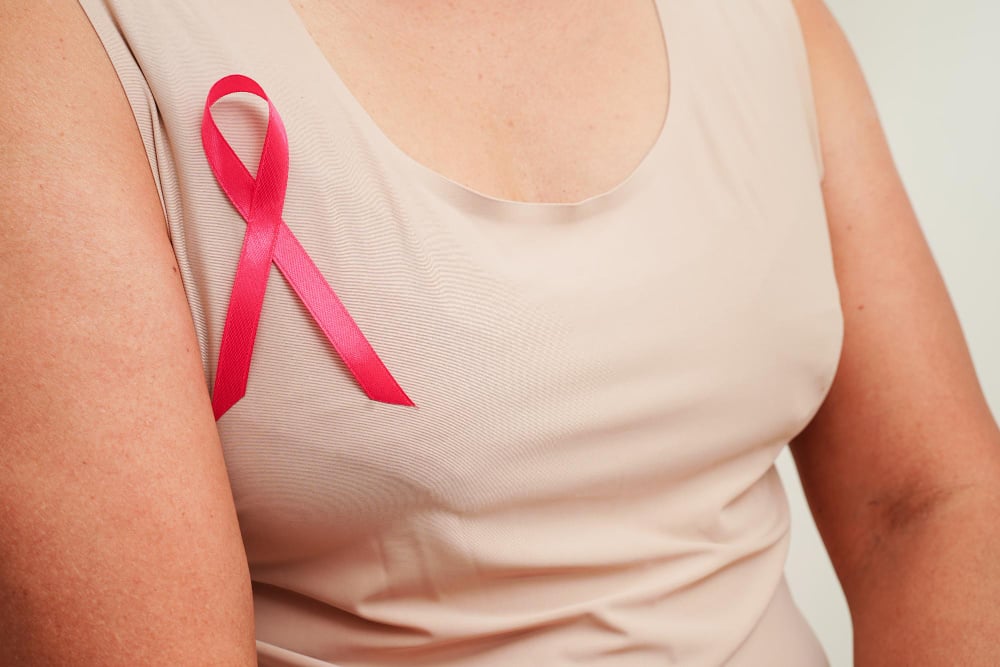Breast health is a vital part of overall well-being, and early detection is crucial for successful treatment. This article will provide a comprehensive overview of common breast imaging and intervention examinations, explaining their purposes and how they contribute to your breast health journey.
Overview of Breast Imaging Techniques
Common imaging techniques include mammograms, ultrasounds, and magnetic resonance imaging (MRI). These techniques utilize various forms of energy, such as X-rays, sound waves, and magnetic fields, to create detailed images of breast tissue. The primary goal is identifying abnormalities, such as lumps or masses, as early as possible when treatment is most effective.
Each method has unique advantages, and the choice of technique often depends on the specific clinical scenario and the patient’s needs. Technology advancements have significantly improved the accuracy and reliability of these imaging modalities, making them indispensable in breast health care.
Breast imaging and intervention examinations play a vital role in:
- Screening: Regular screening helps detect breast cancer at its earliest stages, when treatment is most effective.
- Diagnosis: These examinations help diagnose breast cancer and other conditions affecting the breast tissue.
- Monitoring: They are used to monitor treatment response and detect any signs of recurrence after cancer treatment.
Key Breast Imaging Procedures: From MRIs to Mammograms
Let's delve into the different imaging techniques used to assess breast health:
1. Breast MRI
Breast MRI is a powerful tool that uses magnetic fields and radio waves to create detailed images of the breast tissue. It's often used for:
- High-risk patients: Individuals with a strong family history of breast cancer or genetic mutations.
- Complex cases: When other imaging techniques are inconclusive or require a more detailed assessment.
2. Mammography
Mammography is a standard screening tool that uses low-dose X-rays to create images of the breast tissue. There are two main types:
- 2D Digital Mammography: This traditional method captures a single breast image.
- 3D Digital Mammography (Tomosynthesis): This advanced technique takes multiple images from different angles, creating a 3D reconstruction of the breast tissue. It offers improved accuracy, especially for women with dense breasts, where tumours can be more complicated to detect with 2D mammography.
3. Breast Ultrasound
Breast ultrasound uses sound waves to create images of the breast tissue. It complements mammography and is often used to:
- Diagnose cysts: Fluid-filled sacs that can be easily identified with ultrasound.
- Evaluate solid masses: This helps determine their characteristics, such as size, shape, and texture.
- Guide biopsies: Ultrasound can help guide the needle during biopsies, ensuring accurate tissue sampling.
Beyond Imaging: Intervention Examinations
Once imaging has identified a suspicious area, further investigation through breast interventions is often necessary:
- Fine Needle Aspiration (FNA) Cytology: This procedure involves using a thin needle to aspirate fluid or cells from a suspicious area. It helps diagnose cysts and evaluate solid masses.
- Core Biopsy: This procedure involves using a larger needle to obtain a small tissue sample from the suspicious area. The tissue is then examined under a microscope for diagnosis.
- Vacuum-Assisted Biopsy (VAB): This technique uses a vacuum to extract a larger tissue sample, providing more information for diagnosis. Due to its accuracy and efficiency, it is often preferred over traditional core biopsies.
- Histology Examination: This involves analyzing tissue samples under a microscope to determine the presence of cancer cells and their characteristics.
The Impact of Accurate Diagnosis in Breast Health
Accurate diagnosis is the cornerstone of effective breast health management. Early detection of breast abnormalities, particularly cancer, significantly improves the chances of successful treatment and survival. Imaging techniques and interventions play a crucial role in this process by providing detailed information about the nature and extent of breast conditions.
Prompt and precise diagnosis allows healthcare providers to develop tailored treatment plans that address each patient's specific needs. This personalized approach not only enhances treatment effectiveness but also minimizes unnecessary procedures and associated risks.
.png?width=885&height=284&name=ProCare%20Imaging%20(1).png)
